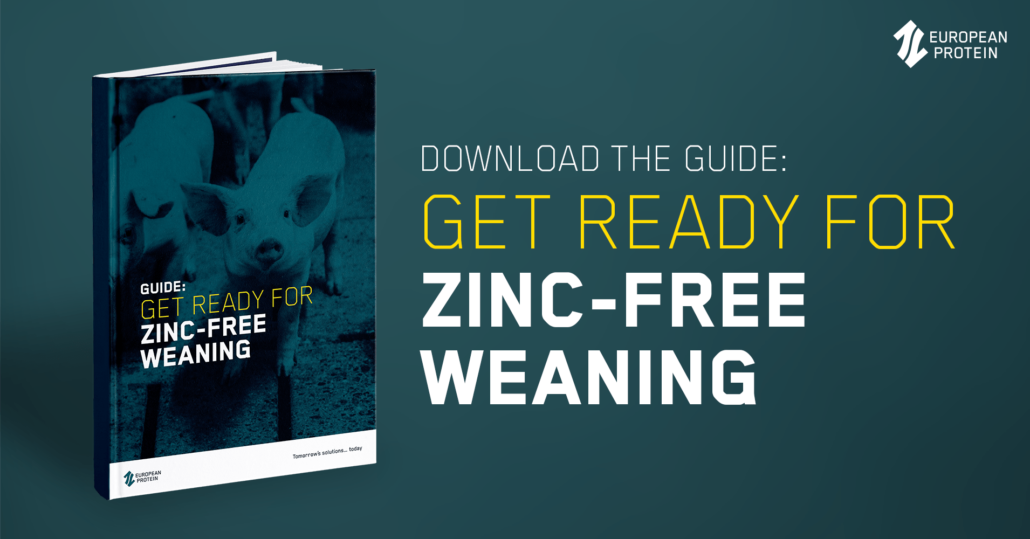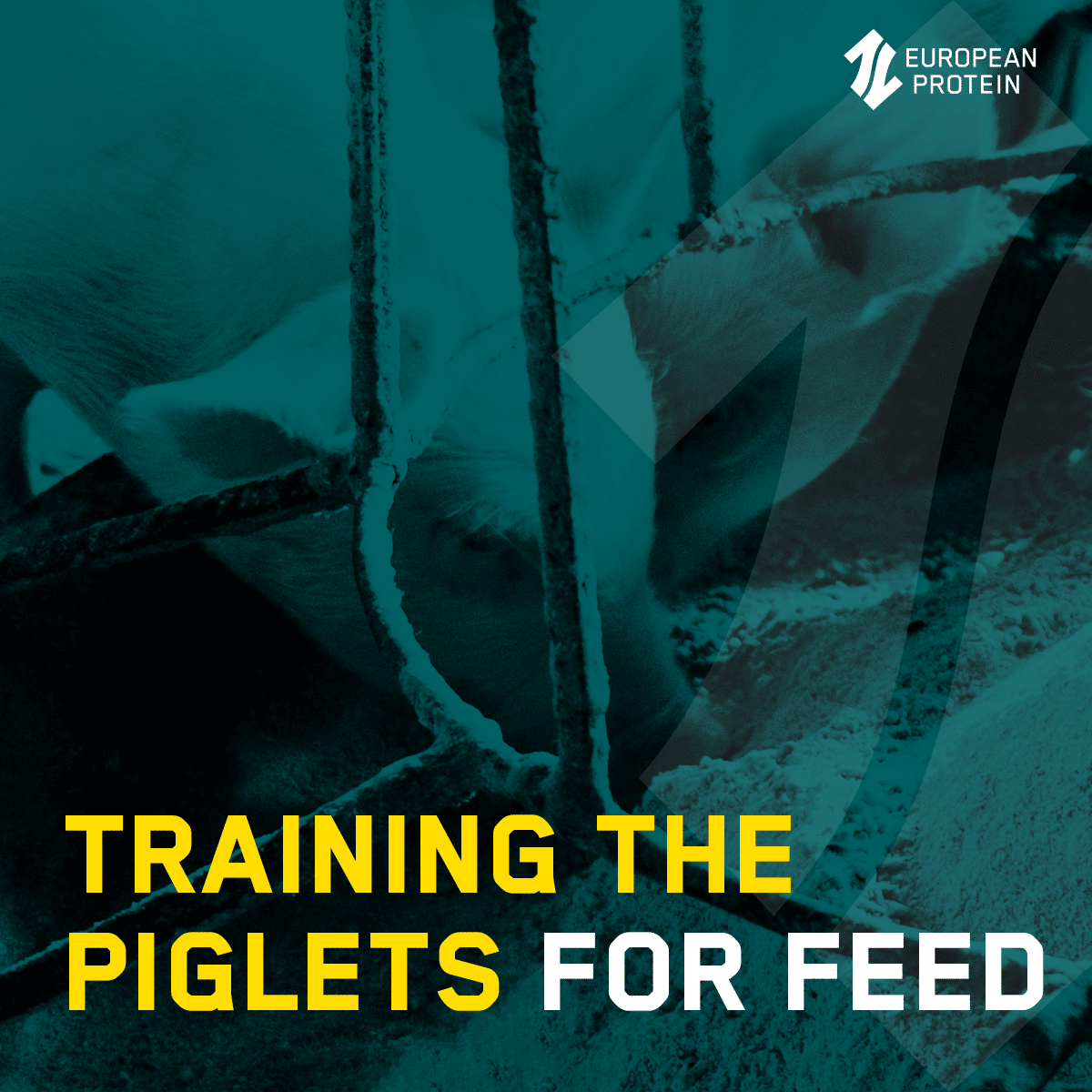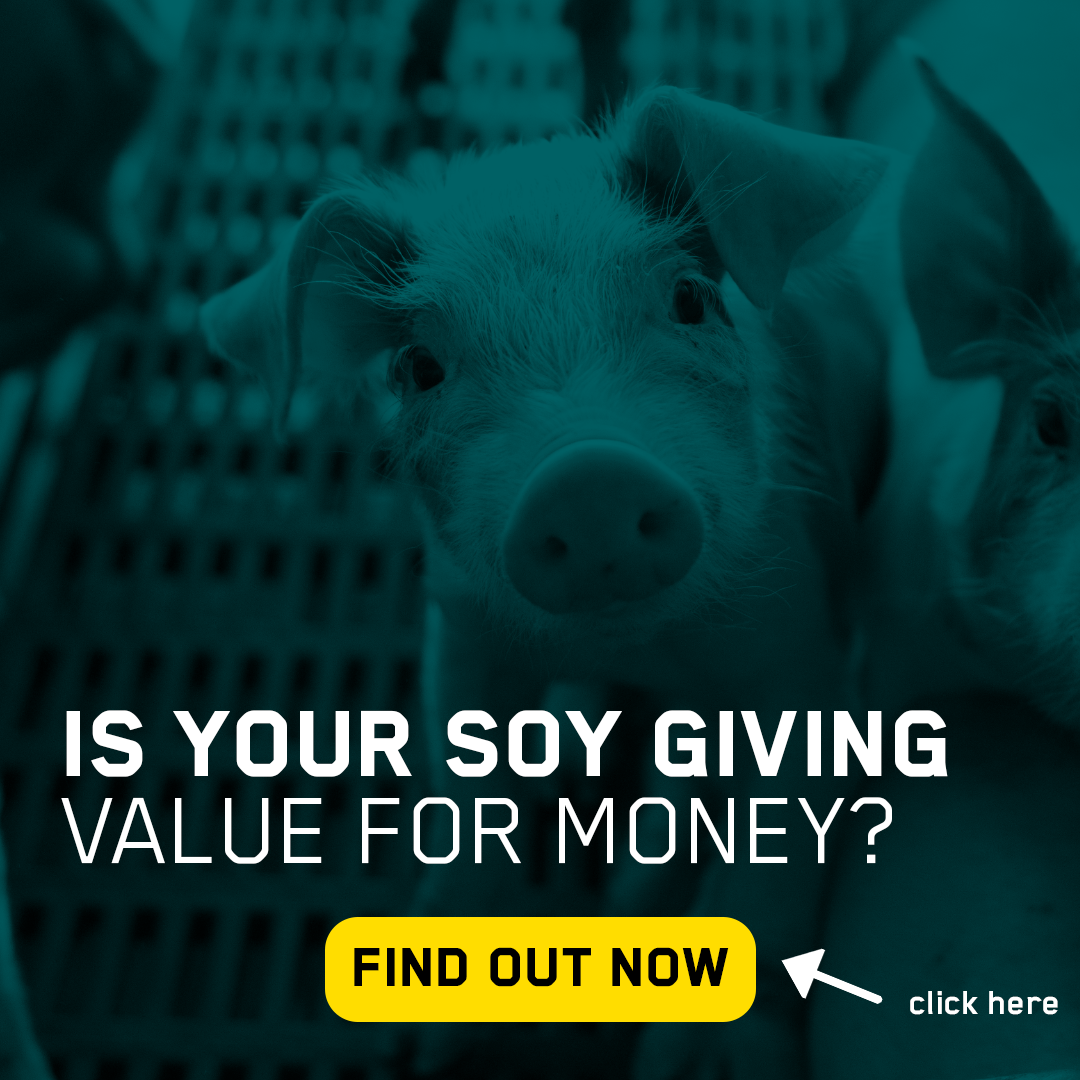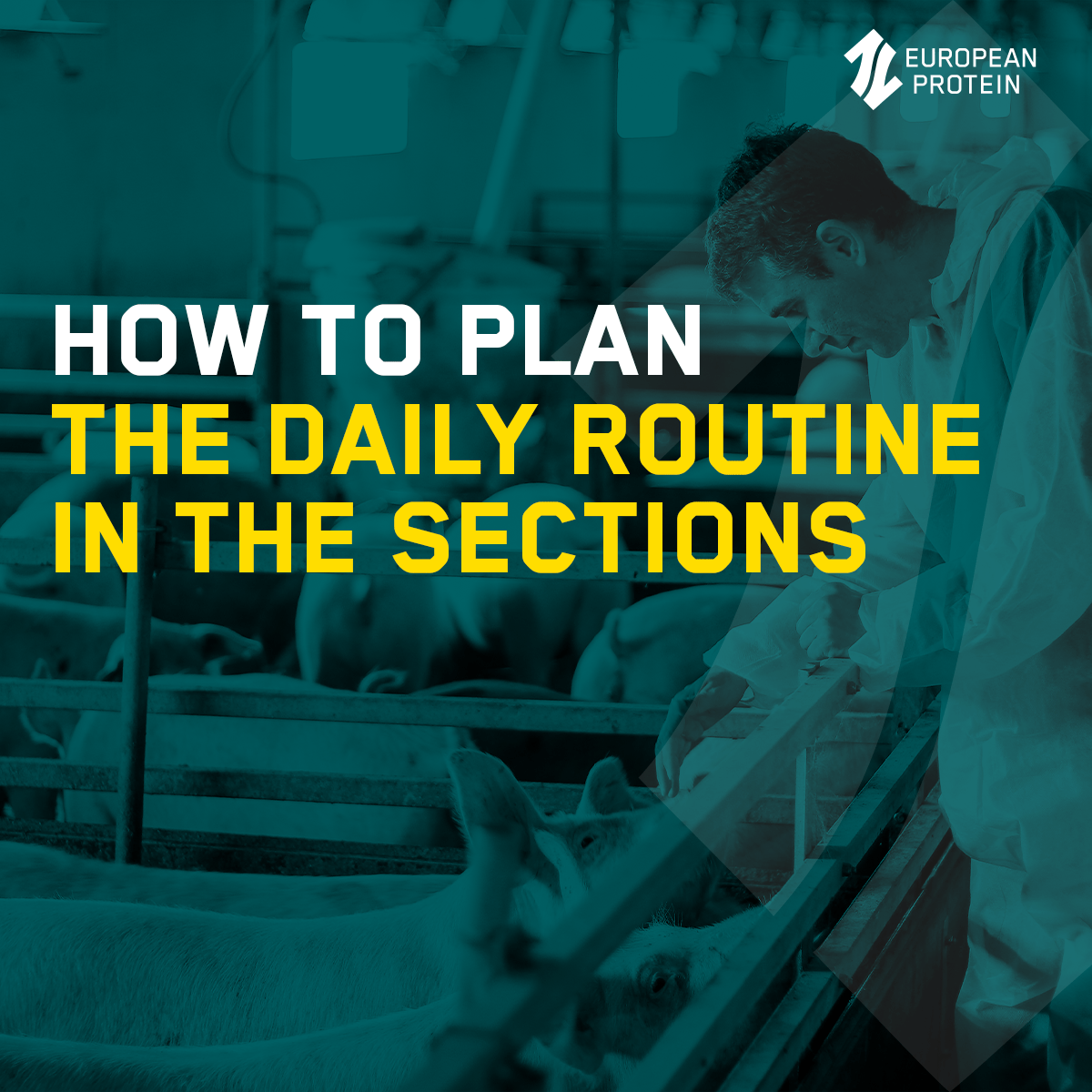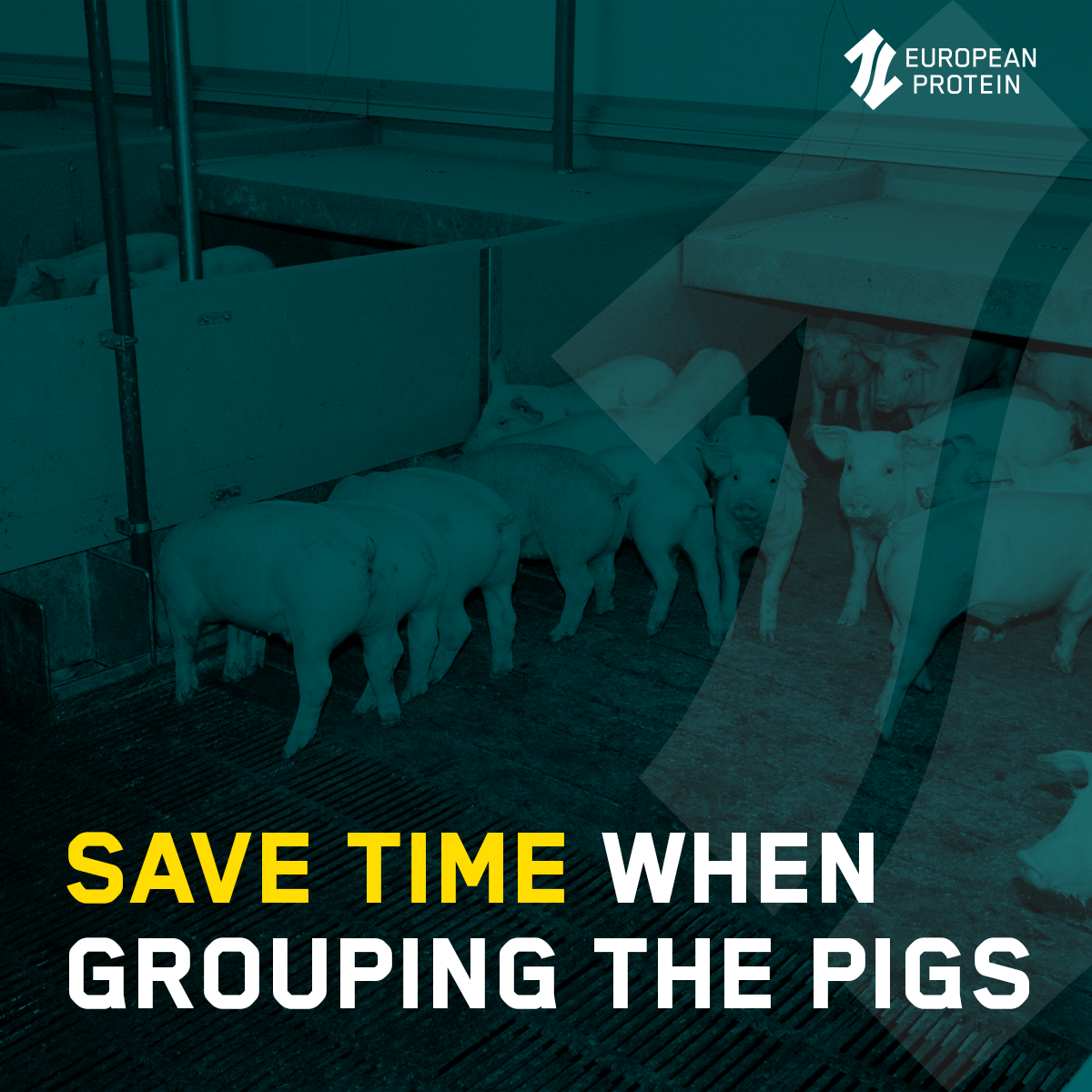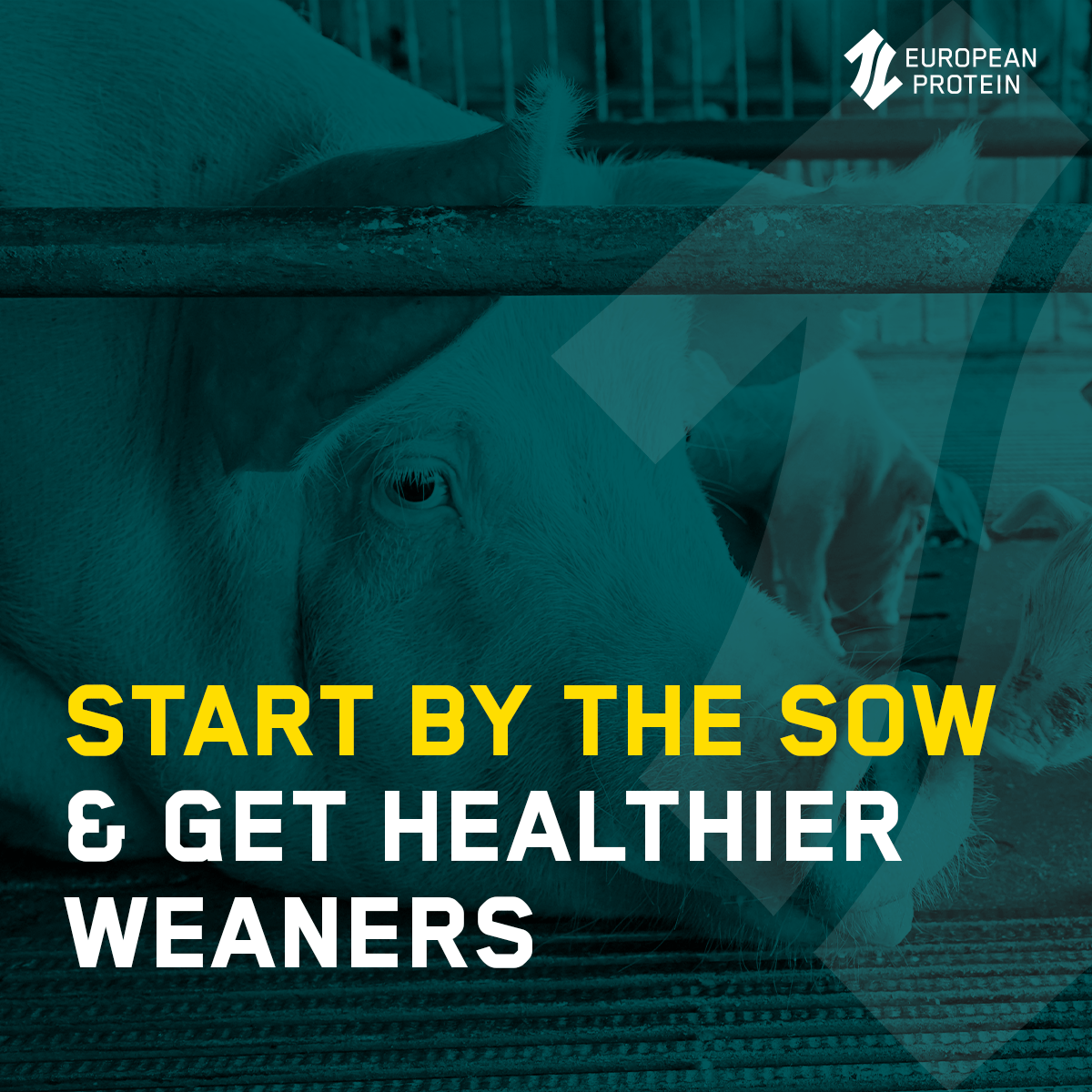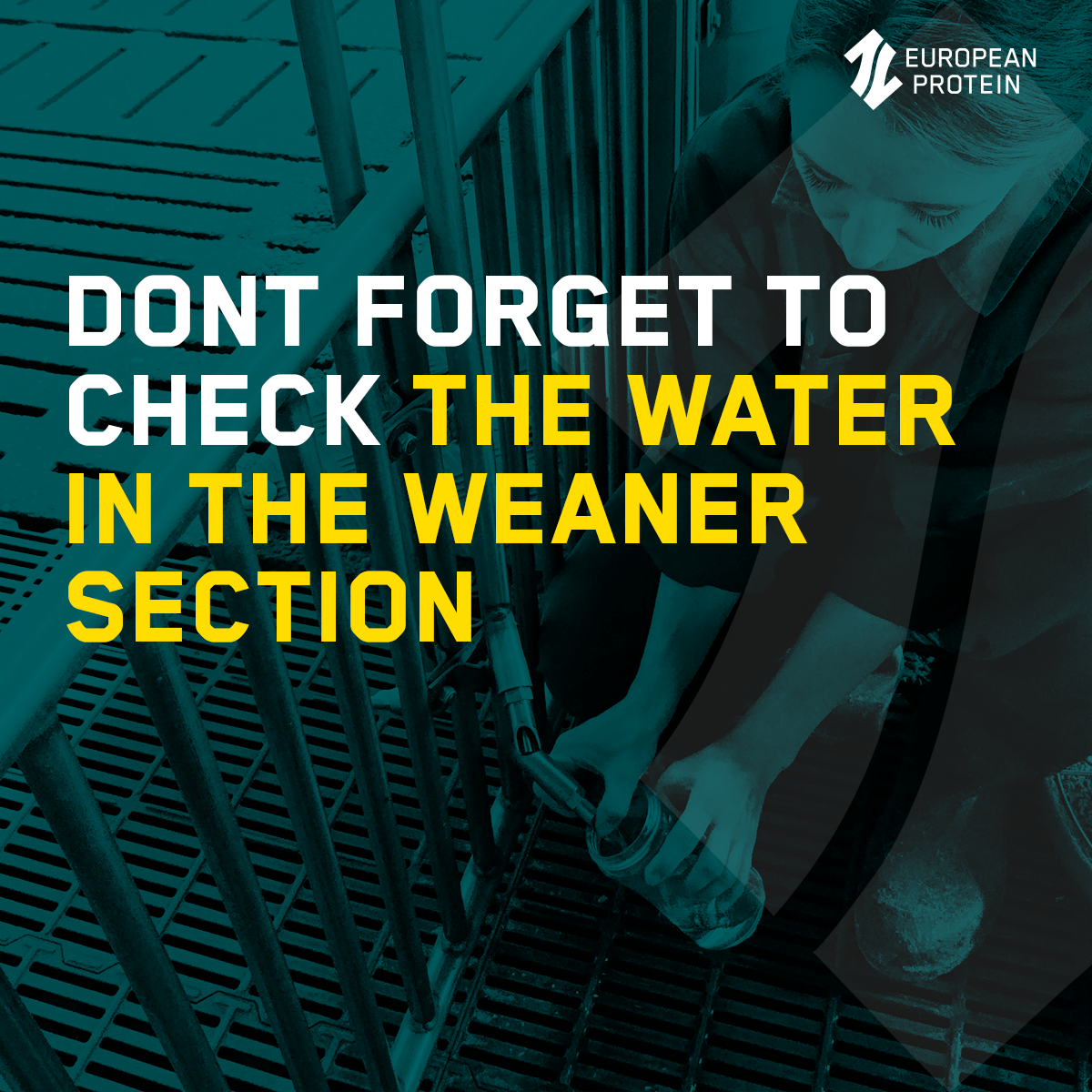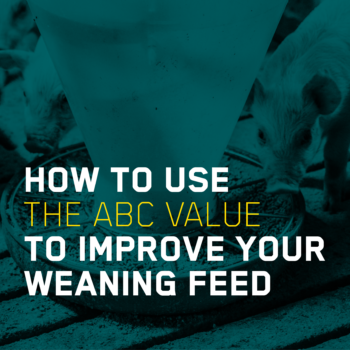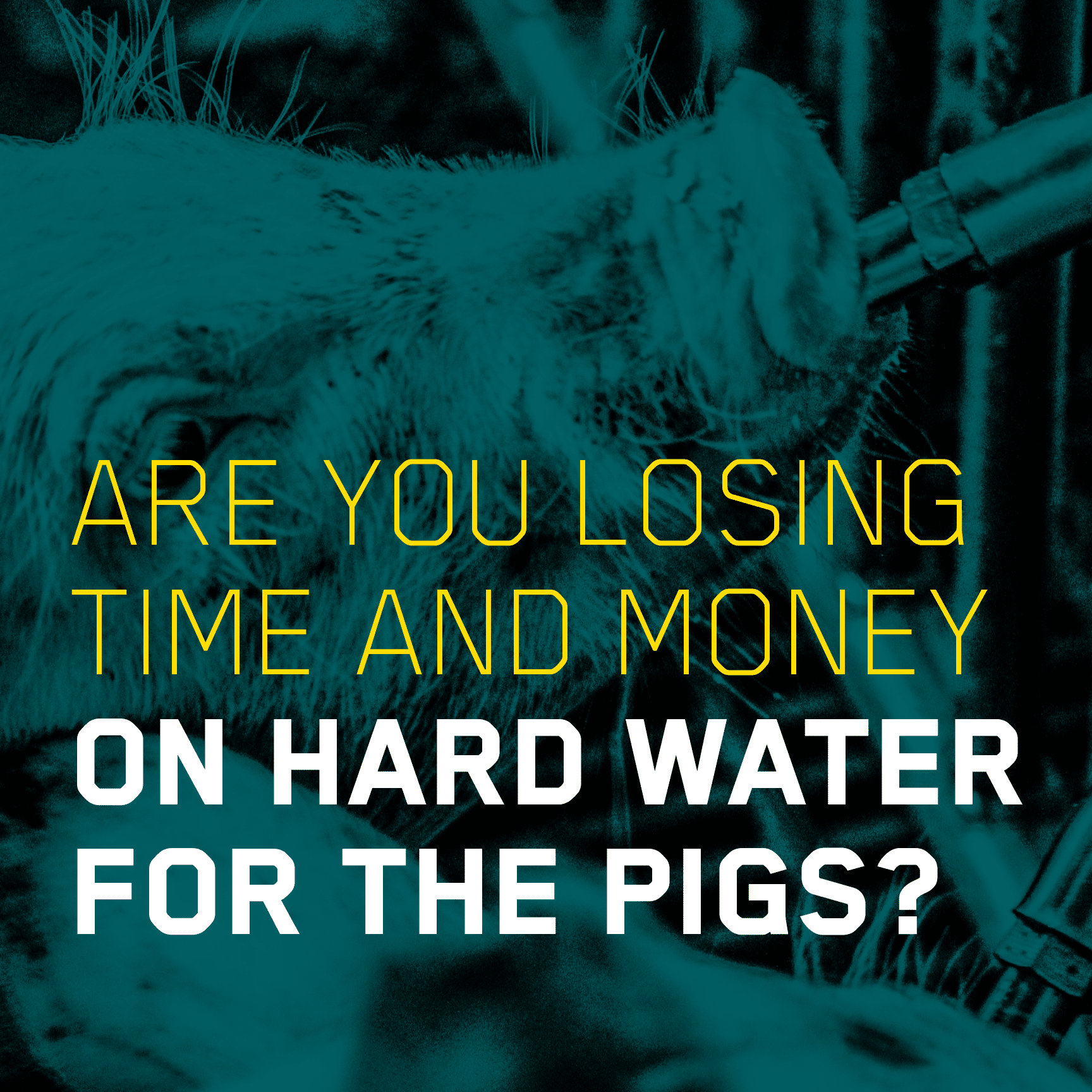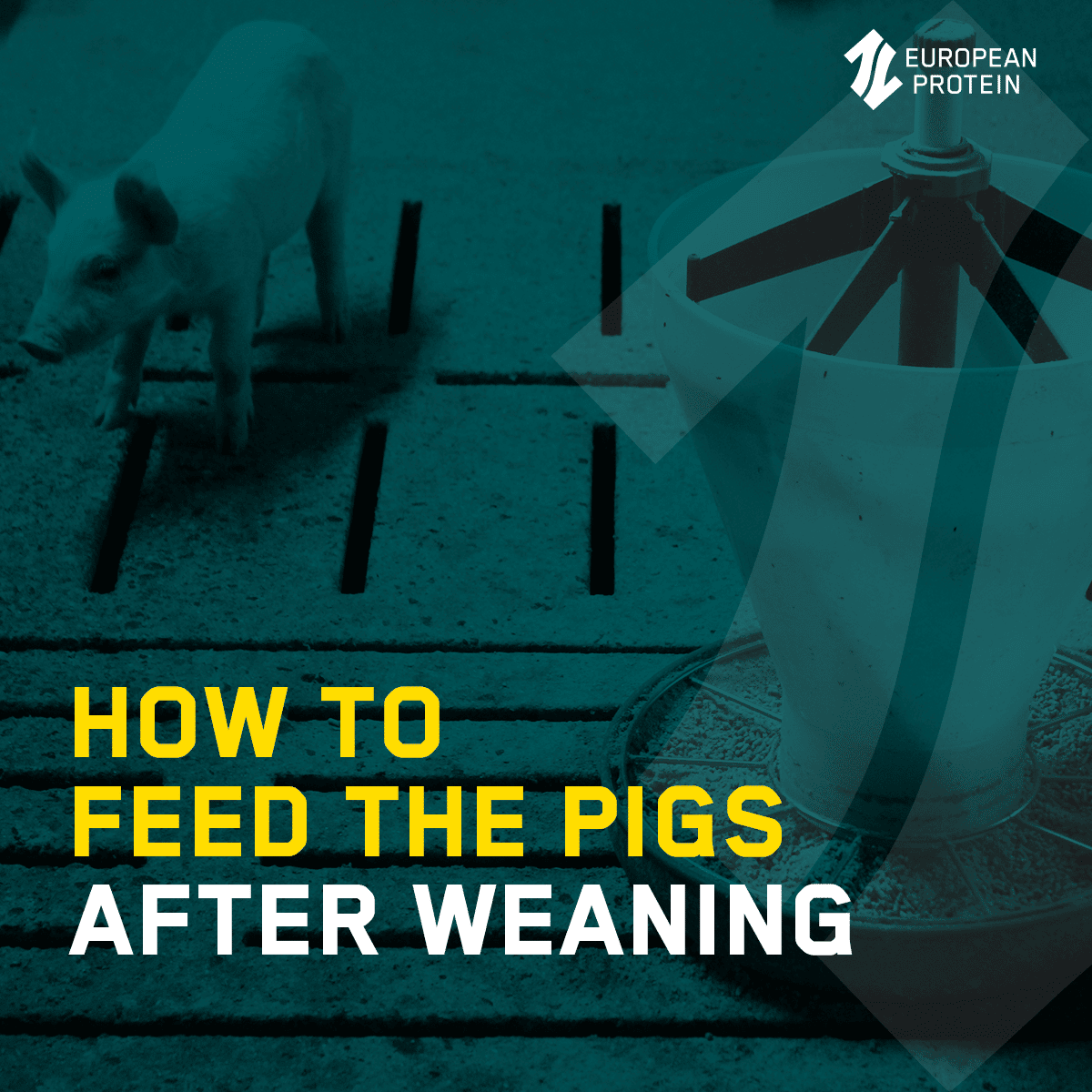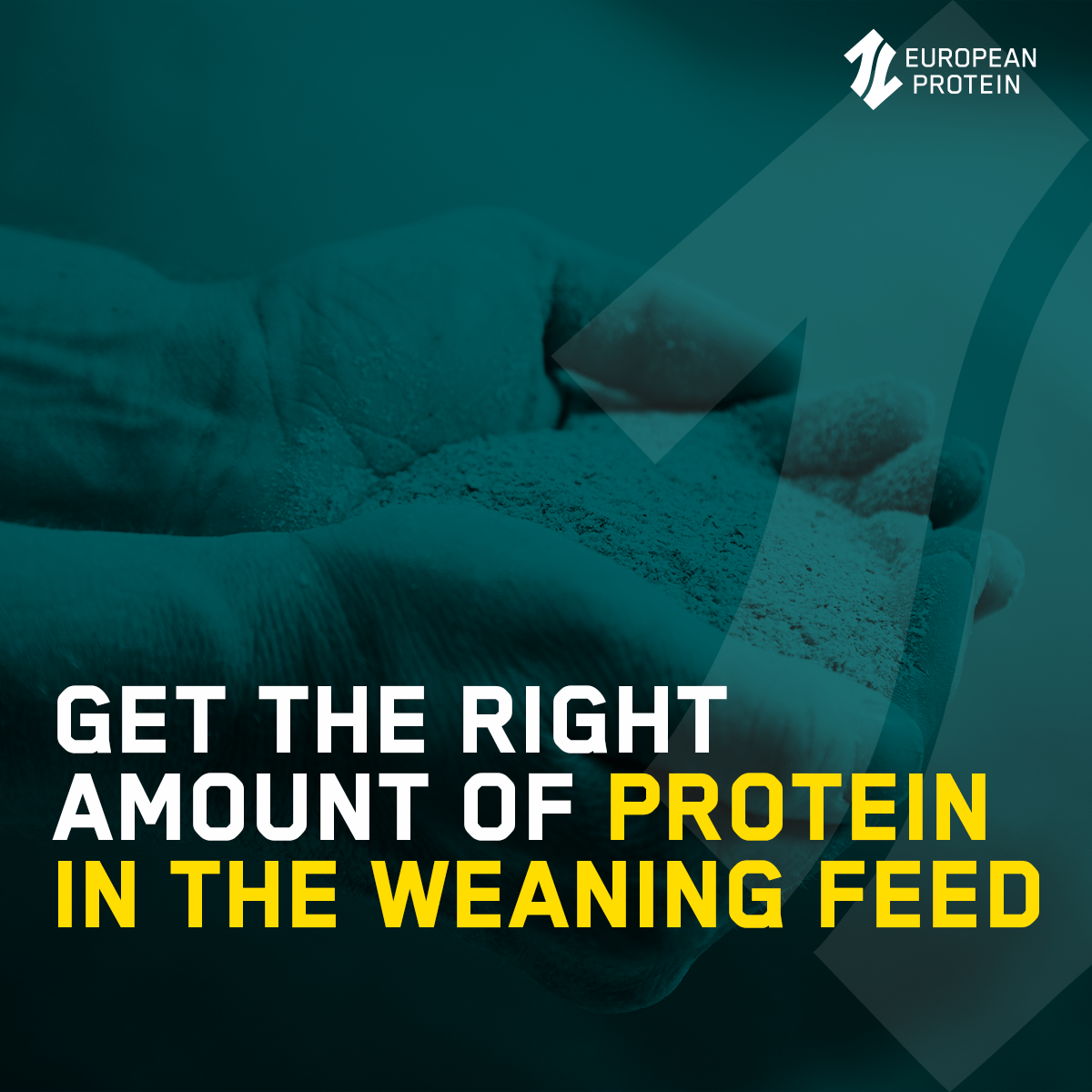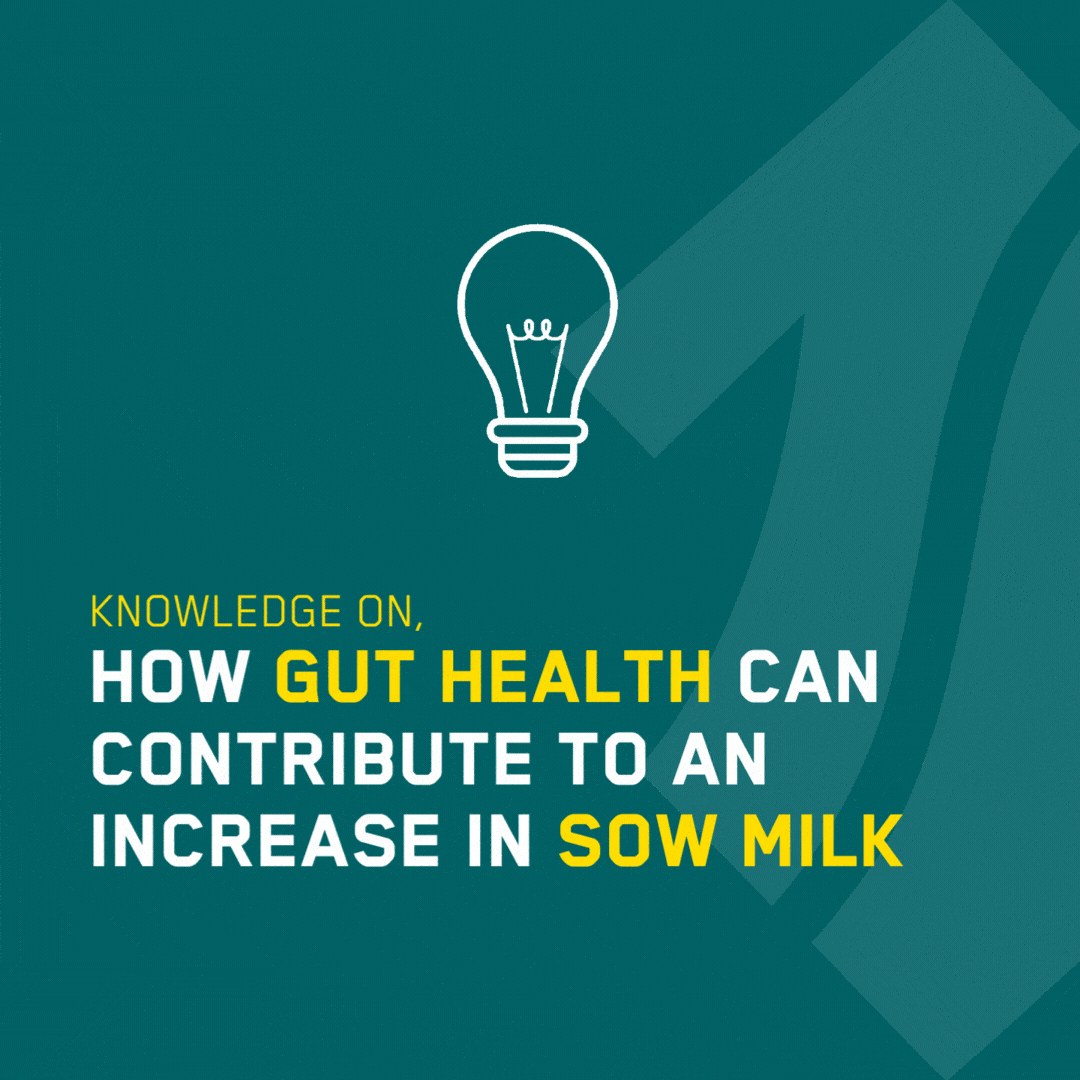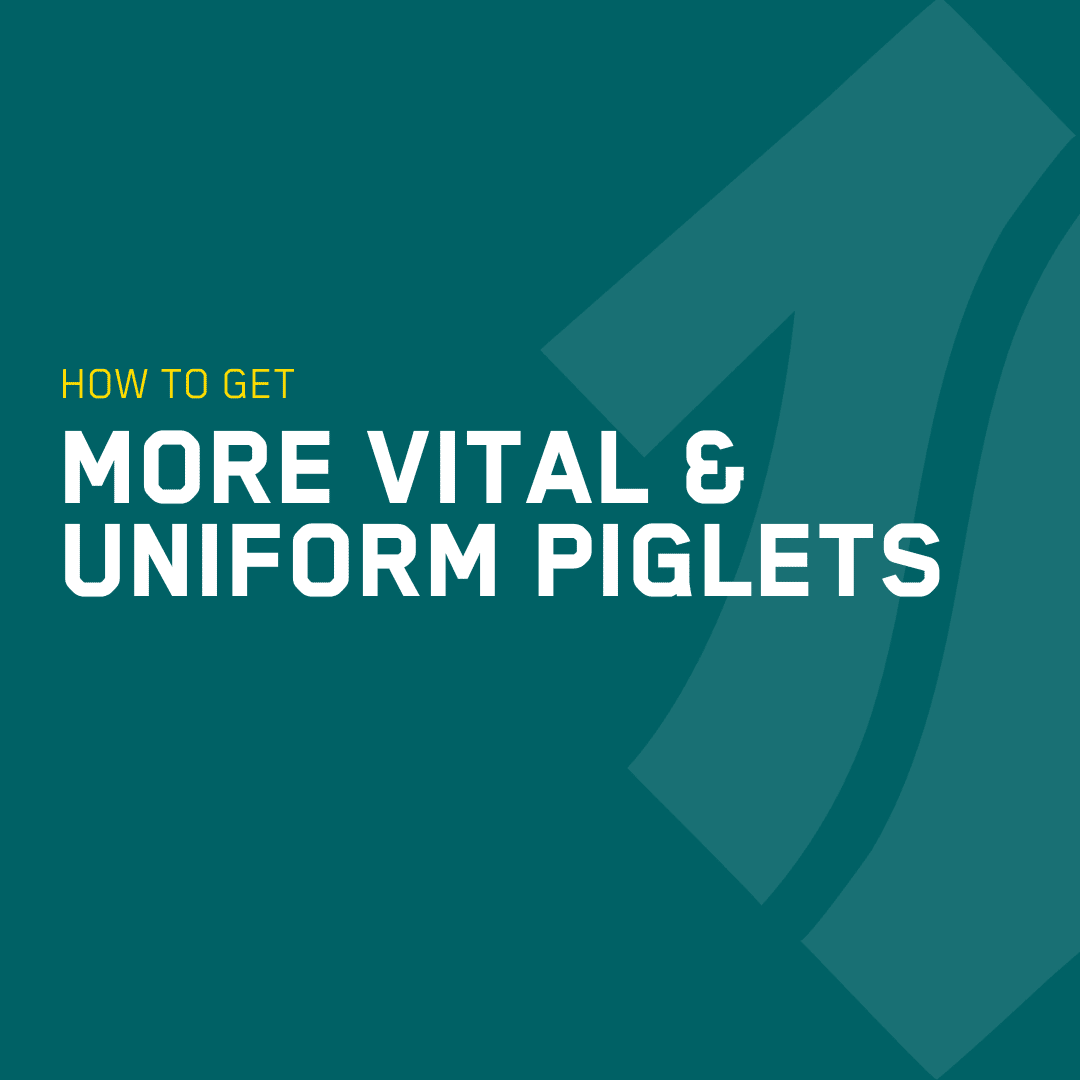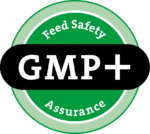3 STEPS FOR CLEANING THE WEANER SECTION
The weaner section must be cleaned before moving piglets from the farrowing unit to the weaner section. Cleaning minimizes the risk of infection spreading between herds.
In this post, you can read about what you need to pay particular attention to when it comes to getting the weaner section nice and clean.
If you want more practical advice for zinc-free weaning, you can download your guide for free here.
PROCEDURE FOR CLEANING THE WEANER SECTION
Here is a suggested approach for cleaning the weaner section:
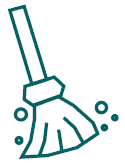
1) CLEANING THE UNIT
The unit is soaked. Wash the unit roughly – wash away the visible dirt. After the initial wash, soap is applied, and secondly, the unit is thoroughly washed. Also, remember to wash under feed troughs and around ceiling valves. Always follow the instructions from the manufacturer of the cleaning agents. Tools used in the unit, such as driving boards, should also be washed off.
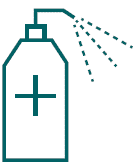
2) DISINFECTION OF THE WEANING SECTION
All feed troughs and water troughs are emptied for water. Use disinfectants according to the manufacturer’s instructions. Clean water pipes with disinfection to ensure no biofilm is left in the pipes. After disinfection, rinse the water pipes. Remember to check drinking nipples, cups, and filters for deposits blocking the water flow.

3) DRYING THE SECTION
After washing and disinfection, the unit is dried completely.
If the pigs are placed in a damp section, they use body heat and energy to dry out the section. It will increase your feed cost and possibly compromise growth.
Another significant disadvantage is that damp sections increase the risk of disease. Pathogen bacteria have excellent growth conditions in humid environments. After washing and disinfection, turn up the temperature to get a warm and dry unit.
First, set the room temperature as high as possible, preferably above 30°C.
The ventilation is set to “Hold Start” and set to minimum ventilation. This is approximately 10-15% of the capacity. If you use a heat gun for drying, you can expect an oil consumption of around 0.5 litres per square meter (m2).
To calculate the oil requirement and how many hours it will take to dry out the unit after washing and before inserting pigs, use the following calculation:
Need for heat (kWh) = The sections square meters (m2) x 3 kWh
Oil consumption (liters) = Need for heat in kWh/ 8
Hours needed for drying = Need for heath (kWh) / performance of the heat canon (in kWh)
Concrete floors take time to dry and “sweat” when wet.
To check if the floor is dry, you can place a plastic bag on the concrete floor. If condensation forms between the concrete layer and the plastic bag after a few hours, the floor is not yet dry. And the unit is not yet ready for piglets.
The unit is dry when you can measure a temperature of 32°C on the floor below the canopy.
Source: Danish Pig Research Center
Make a checklist to review all items before inserting piglets. Use the checklist every time to get through all the points, even when busy.
The checklist should include a check of installations, such as ventilation systems, feeders, and a check of sprinklers.
Ensure that the piglets are kept busy with straw or other employment material in every pen.

